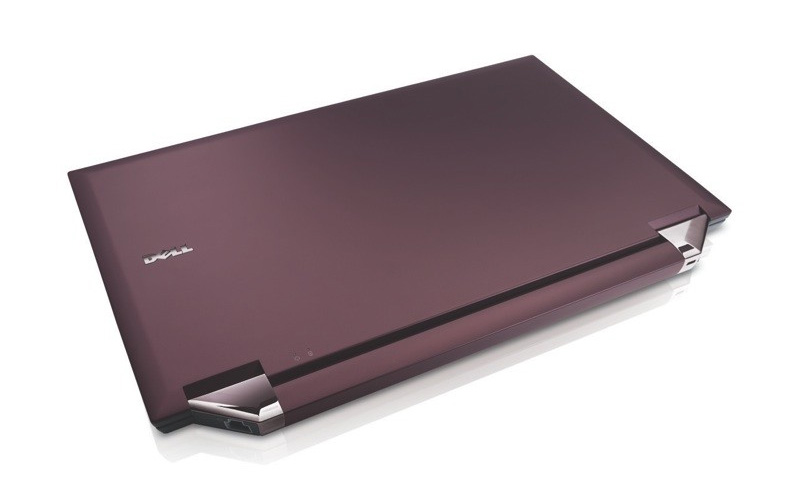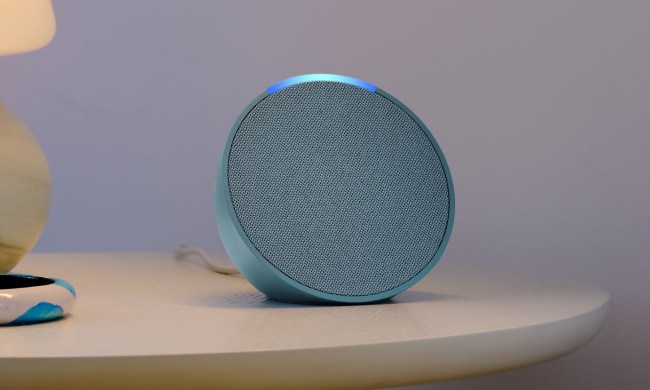 In the wake of a major natural disaster, it’s important to get the infrastructure working again. These days, a vital part of that is to get telecommunications up and running – not justthe phones, but also Internet communication. What you might not know is that there’s an organization called Telecoms Sans Frontieres (TSF) that goesinto affected areas right after the disaster. It’s a charity that works with the United Nations and the European Commission’s Humanitarian Aid Office (ECHO) to restore communications indisaster-hit areas and the developing world.Right now they’re in Peru. The 8.0 magnitude there last Wednesday killed 500 people, and severely disputed roads and communications in partsof the country. Phone and Internet are fine in the capital, Lima, but in Pisco, where the quake was most extreme, and Ica and Chincha, there’s no access. Julie Cazenave, who is leadingthe five-member TSF team, said, “There is a lot of confusion right now because there is little information from the areas hit. We have to use satellite tech to re-connect differentorganization centers in the field. We will set up a telecoms centre at Pisco airport, which is the main logistical platform of emergency relief.” The team is equipped with everythingnecessary to set up Wi-Fi connections in the area, from satellite modems to laptops. They hoped to have the first centers set up by last Friday, with more over the weekend to co-ordinate recoveryweek in the areas and keep in touch with Lima. The priority will be given to aid and charity workers, but free phone calls will also be available to local residents. It’s estimated thatthe TSF workers will be in the field for at least three weeks.
In the wake of a major natural disaster, it’s important to get the infrastructure working again. These days, a vital part of that is to get telecommunications up and running – not justthe phones, but also Internet communication. What you might not know is that there’s an organization called Telecoms Sans Frontieres (TSF) that goesinto affected areas right after the disaster. It’s a charity that works with the United Nations and the European Commission’s Humanitarian Aid Office (ECHO) to restore communications indisaster-hit areas and the developing world.Right now they’re in Peru. The 8.0 magnitude there last Wednesday killed 500 people, and severely disputed roads and communications in partsof the country. Phone and Internet are fine in the capital, Lima, but in Pisco, where the quake was most extreme, and Ica and Chincha, there’s no access. Julie Cazenave, who is leadingthe five-member TSF team, said, “There is a lot of confusion right now because there is little information from the areas hit. We have to use satellite tech to re-connect differentorganization centers in the field. We will set up a telecoms centre at Pisco airport, which is the main logistical platform of emergency relief.” The team is equipped with everythingnecessary to set up Wi-Fi connections in the area, from satellite modems to laptops. They hoped to have the first centers set up by last Friday, with more over the weekend to co-ordinate recoveryweek in the areas and keep in touch with Lima. The priority will be given to aid and charity workers, but free phone calls will also be available to local residents. It’s estimated thatthe TSF workers will be in the field for at least three weeks.
TSF Sets Up Telecoms In Disaster Areas

Digital Trends has a simple mission: to help readers easily understand how tech affects the way they live. We are your…


